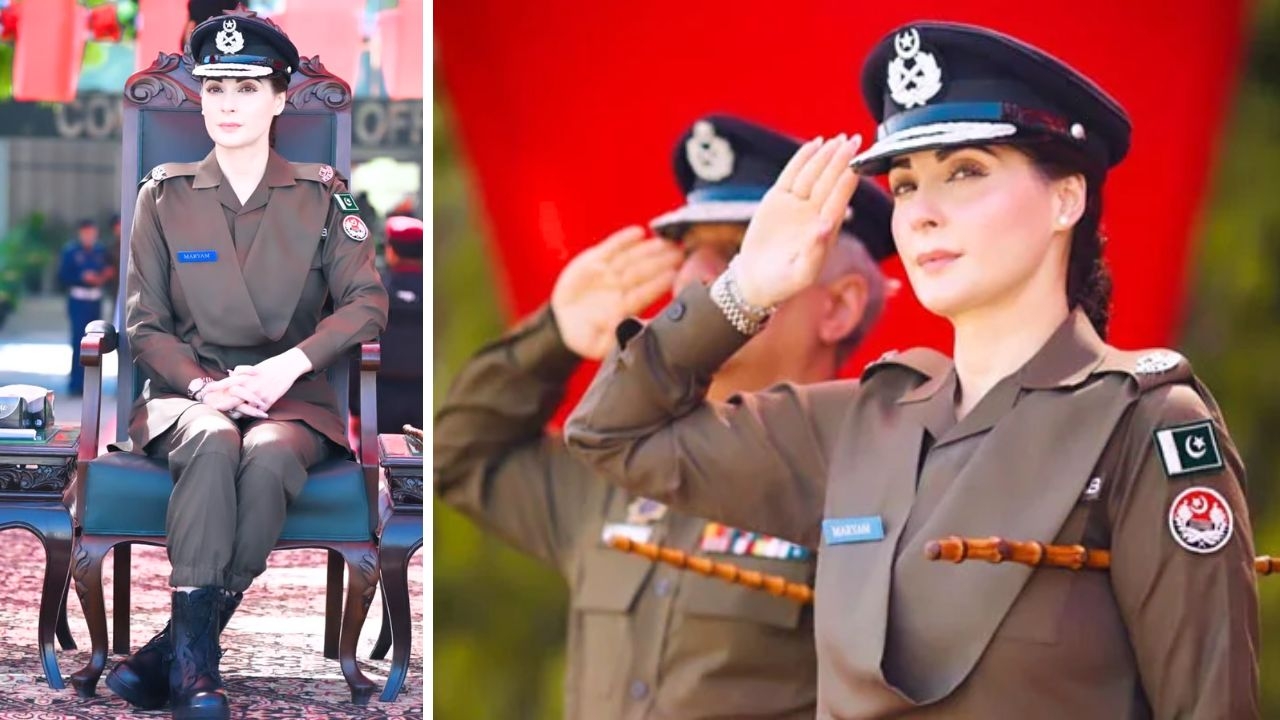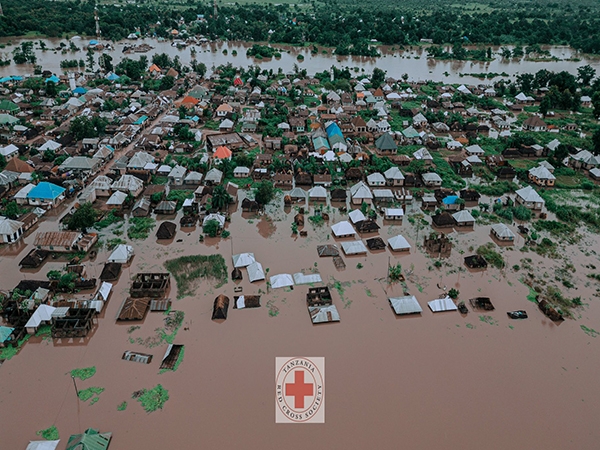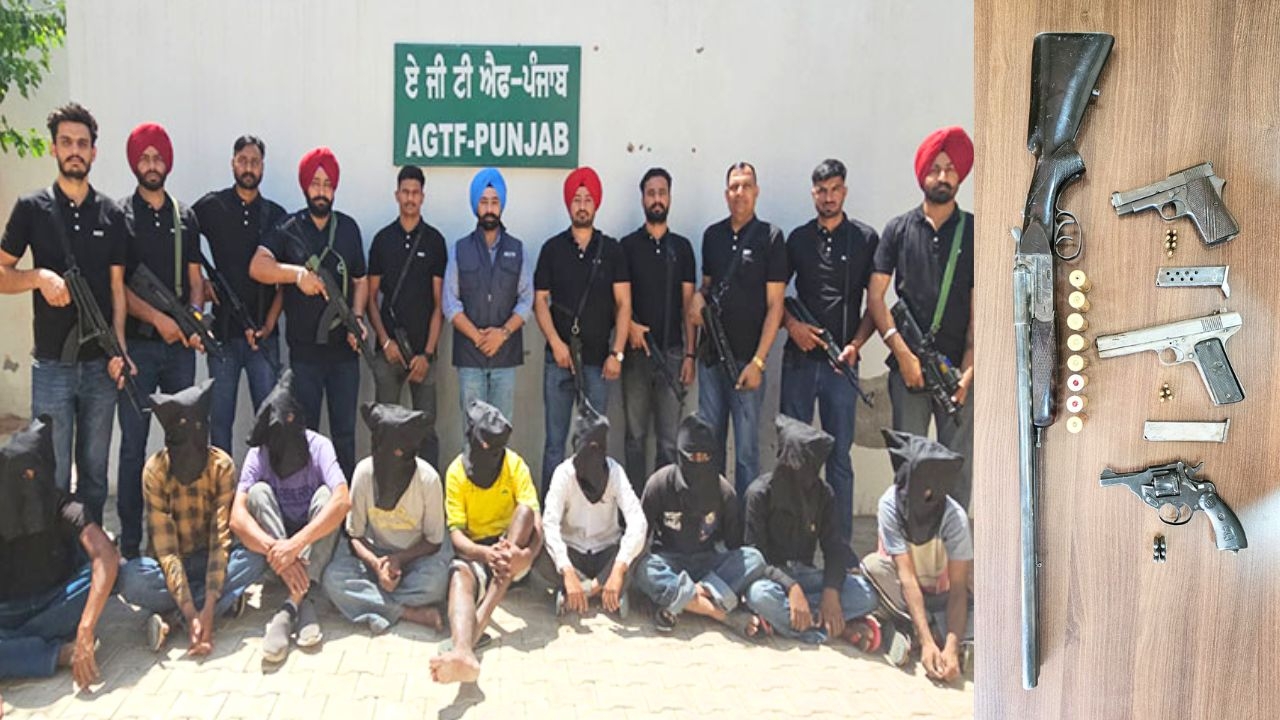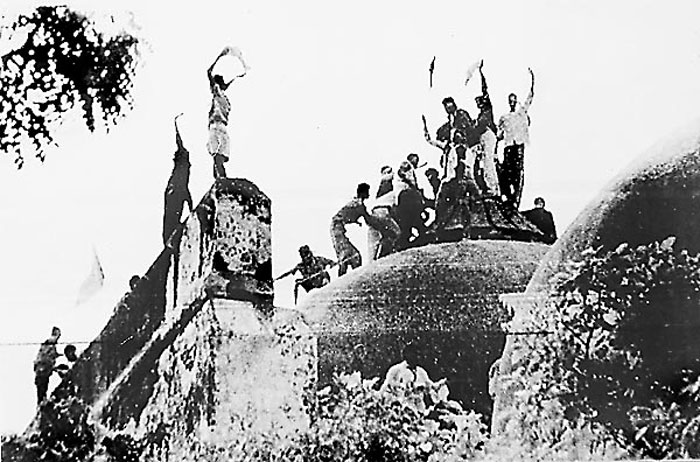
Mohammad Hashim Ansari, 96, the oldest litigant in Ram Janmabhoomi-Babri Masjid dispute, passed away in Ayodhya on 20 June.
Come December 2016 and it will be 24 years since the infamous Babri mosque demolition, an event which was a result of a malicious political propaganda that defiled the communal fabric our country for a long time. The demolition of Babri mosque had led to Hindu-Muslim riots across the country which claimed hundreds of lives and a massive loss to property.
The demolition incident was not something which took place in a sudden fit of rage but happened because of a series of events which took place over the years. The first such recorded incident took place in 1853, when the Hindus and Muslims in Ayodhya clashed with each other over the disputed site.
A brief HistoryThe Babri mosque was built by the first Mughal ruler Babar in the year 1528 at Ramkot Hill (Rama's fort) area in Faizabad district of Uttar Pradesh. The place, as believed by some Hindus, is the birthplace of Lord Rama.
This fact has led to a dispute among Hindus and Muslims living in the area and was later made a national issue by the organisations like Vishwa Hindu Parishad which led to the demolition incident in the end. The estimated number of people involved in the riots that ensued were a massive 1,50,000. It led to similar unrest in neighbouring countries of Bangladesh and Pakistan where the minority Hindu community had to face the brunt.
Photo: AFP
Timeline of incidents1853- At a mosque situated at Hanuman Garhi area in Ayodhya, the first ever incident of religious violence was recorded over the issue and Hindus, at that time, attacked Babri mosque and demanded the possession of the site.
1859- The then British administration constructed a fence dividing the places of worship for Hindus and Muslims. Muslims were allowed to offer prayers in the inner court and the Hindus at the outer court.
1949- There were minor clashes between both the communities on different occasions but in 1949 on the midnight of 22 December, the statues of Lord Rama and Sita were placed inside the mosque secretly when the police officers on duty had fallen asleep. Vallabhbhai Patel ordered removal of the idols but it could not happen because they feared retalliation from Hindus.
1984- Vishwa Hindu Parishad (VHP) launched an operation to unlock the mosque and allow entry of devotees. The committee set up by VHP demanded construction of a temple at the site and BJP leader Lal Krishna Advani led the campaign.
1985- For the first time, Hindus were given access to Babri Mosque after Rajiv Gandhi administration ordered opening of the locks. Prior to this, a Hindu priest was allowed a perform a yearly Puja there.
1986- Babri Action Committe was set up by the Muslims to put forward their demands after the district judge ordered opening of mosque for the Hindus.
1989- VHP gets permission to perform Shilanyas and the foundation for the temple is laid at a site adjacent to the mosque for building of a Ram temple.
1992- The mosque was partially damaged by VHP supporters in 1990. After that, in 1991, BJP came to power in Uttar Pradesh and a nationwide campaign was launched to construct the temple at the disputed site. The volunteers of BJP, RSS, VHP and Shiv Sena traveled across the country and reached the spot on 6 December and entirely destroyed the structure.
Photo: Bhawan Singh/Getty Images
More than 2,000 people lost their lives in the communal riots which took place in the country after the incident took place. It has been 23 years since then but the horrors of Babri Mosque demolition have not been erased. Tension surrounding the entire issue keeps on rising as the demand to build a Ram temple at the disputed site comes up regularly.
Incidents like Gujarat riots, in which thousands of people were butchered, can be considered as a direct impact of the demolition.
The Allahbad High Court, in September 2010, had ordered splitting of the site in three parts which each part going to Muslims, Hindus and Nirmohi Akhara sect. However, the Hindus and Muslims appealed against the decision in Supreme Court and the HC decision was suspended in May 2011.


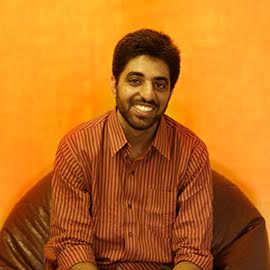

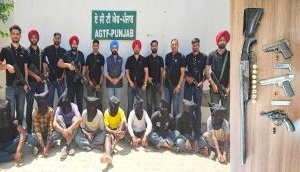


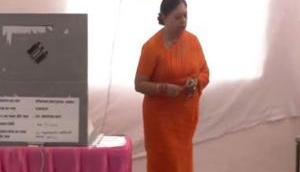
![BJP's Kapil Mishra recreates Shankar Mahadevan’s ‘Breathless’ song to highlight Delhi pollution [WATCH] BJP's Kapil Mishra recreates Shankar Mahadevan’s ‘Breathless’ song to highlight Delhi pollution [WATCH]](http://images.catchnews.com/upload/2022/11/03/kapil-mishra_240884_300x172.png)

![Anupam Kher shares pictures of his toned body on 67th birthday [MUST SEE] Anupam Kher shares pictures of his toned body on 67th birthday [MUST SEE]](http://images.catchnews.com/upload/2022/03/07/Anupam_kher_231145_300x172.jpg)




